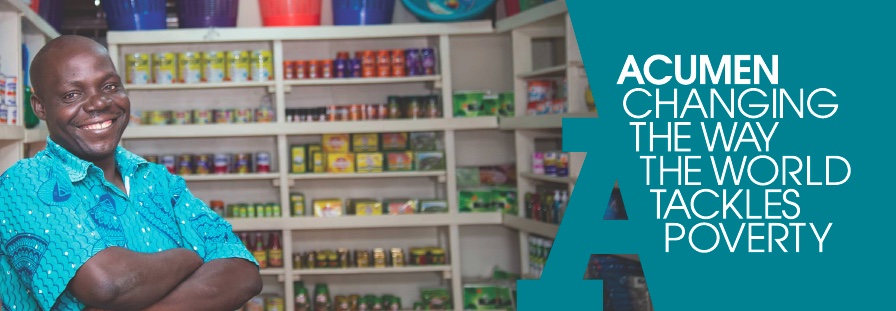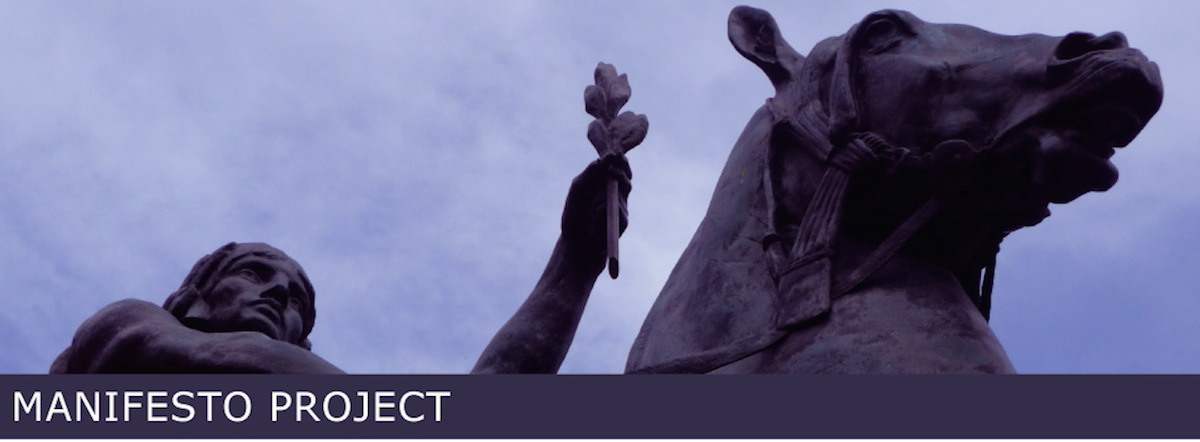Creator
Jacqueline Novogratz founded Acumen in 2001 with seed capital from the Rockefeller Foundation, Cisco Systems Foundation and three individual philanthropists.
Purpose
“At Acumen, we believe that innovations have the power to transform low-income communities around the world. From frozen treats that are sustaining post-conflict farmers to solar-powered lights replacing toxic kerosene lamps, explore the ground-breaking ideas Acumen supports design to solve even the most difficult challenges.”

Manifesto
Vision
Neither the markets nor aid alone can solve the problems of poverty. More than two billion people around the world lack access to basic goods and services—from clean water and electricity to an education and the freedom to participate in the economy. We’re here to change that. Our vision is a world based on dignity, where every human being has the same opportunity. Rather than giving philanthropy away, we invest it in companies and change makers.
Manifesto
It starts by standing with the poor, listening to voices unheard, and recognizing potential where others see despair.
It demands investing as a means, not an end, daring to go where markets have failed and aid has fallen short. It makes capital work for us, not control us.
It thrives on moral imagination: the humility to see the world as it is, and the audacity to imagine the world as it could be. It’s having the ambition to learn at the edge, the wisdom to admit failure, and the courage to start again.
It requires patience and kindness, resilience and grit: a hard-edged hope. It’s leadership that rejects complacency, breaks through bureaucracy, and challenges corruption. Doing what’s right, not what’s easy.
Acumen: it’s the radical idea of creating hope in a cynical world. Changing the way the world tackles poverty and building a world based on dignity.
Source
Comment
This is an uncommon pair of manifesto and vision – not what I have seen previously.
For me, the archetypal worldview manifesto is Martin Luther King’s I Have a Dream speech. It describes the world he wants to see in both literal and metaphorical form with strong elements of detail.
In contrast, the Acumen vision is light on the details of what the future will look like. All it says is: “Our vision is a world based on dignity, where every human being has the same opportunity.”
Instead, the vision focuses on the problem. It’s an example of the ‘not this’ or ‘end this’ vision. (See Yvonne Rainer’s No Manifesto)
This can be very powerful. Research shows that our ‘away from’ motivation is more powerful in having people act (at least in the first instance) than a ‘toward’ motivation.
The manifesto is also unusual because it describes a process. It’s how Acumen delivers their value.
This is clever because it highlights what is unique and special about Acumen. It also suggests the leaders of the organisation are very clear about who they are and what they provide.
A third element of interest is the section on Patient Capital. As they suggest, it’s “a new approach to solving poverty”. This is Acumen’s approach. It’s a manifesto in it’s own right – a powerful idea with a strong call to action.
Together, the Acumen vision, manifesto and Patient Capital form a powerful trinity for their business to both internal staff and external stakeholders.
More
Martin Luther King, I Have a Dream
UN Sustainable Development Goals – “End Poverty in all its forms.”
